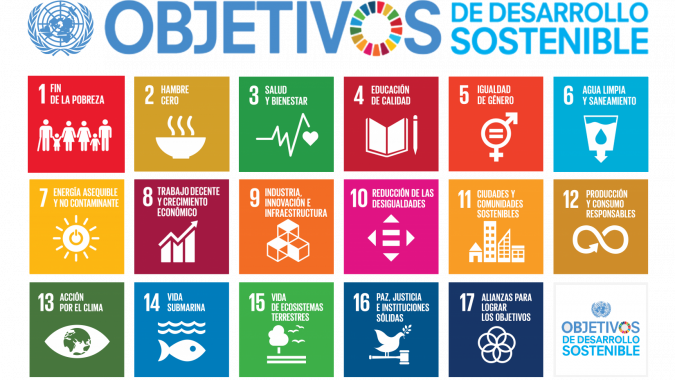Bioplastics represent a wide family of biodegradable polymeric materials and/or based on renewable raw materials.
These materials constitute an attractive and sustainable alternative to conventional plastic materials. On the one hand, the use of raw materials of natural origin makes it possible to reduce dependence on materials of petrochemical origin and greenhouse gas emissions into the atmosphere at the end of their useful life (30-80% depending on the material and application). On the other hand, biodegradable materials offer the possibility of being managed jointly with the organic fraction of other waste. For example, leftover food.
From a structural point of view, biodegradable materials have certain limitations in terms of physical, chemical and/or mechanical properties. On the other hand, its current production capacity is much lower than that of conventional materials, reducing its substitution potential and increasing the costs of the final product, sometimes much higher than those of conventional materials. Depending on the context, the prefix “bio” identifies different types of polymeric materials:
- Polymers based on renewable raw materials (Bio-based). These in turn can be of two types
- Naturals: natural polymers synthesized by living organisms such as polysaccharides (starch, cellulose), proteins and polyhydroxyalkanoates
- Synthetics: they are derived from renewable resources but the conversion to polymers is done through a chemical transformation. This group includes PLA, PE of natural origin (BIO-PE) and polyamide 11 (BIO-PA) obtained from castor oil
- Biodegradable polymers. In this context the prefix “bio” focuses on the biodegradability and the possibility of organic recovery of the waste. On this occasion, the term biopolymer identifies polymers capable of being degraded aerobically (in the presence of oxygen) or anaerobically (in the absence of oxygen) by the action of naturally occurring microorganisms in the medium, such as bacteria, fungi and/or algae.
Sometimes the term “biodegradable” is replaced by the term “compostable” despite having different meanings. Unlike a biodegradable plastic, a compostable material is one that undergoes biological degradation during compost formation to produce carbon dioxide, water, inorganic compounds, and biomass, at a rate similar to other compostable materials, without generating visually distinguishable waste or toxic residue. In other words, a compostable plastic is always biodegradable while a biodegradable plastic is not always compostable.
The European standard EN13432 resolves this possible confusion between biodegradability and compostability very well, since it defines that for a material to be compostable, at least 90% of the material must biodegrade, becoming CO2, water and biomass under the action of microorganisms within a maximum period of approximately 180 days at 60ºC
In summary, bioplastics represent around 1% of the more than 368 million tons of plastic produced annually. But as demand increases, and with increasingly sophisticated applications and emerging products, the bioplastics market will continue to grow and diversify. The global production of bioplastics will increase from 2.11 million tons in 2020 to about 2.87 million tons in 2025.


